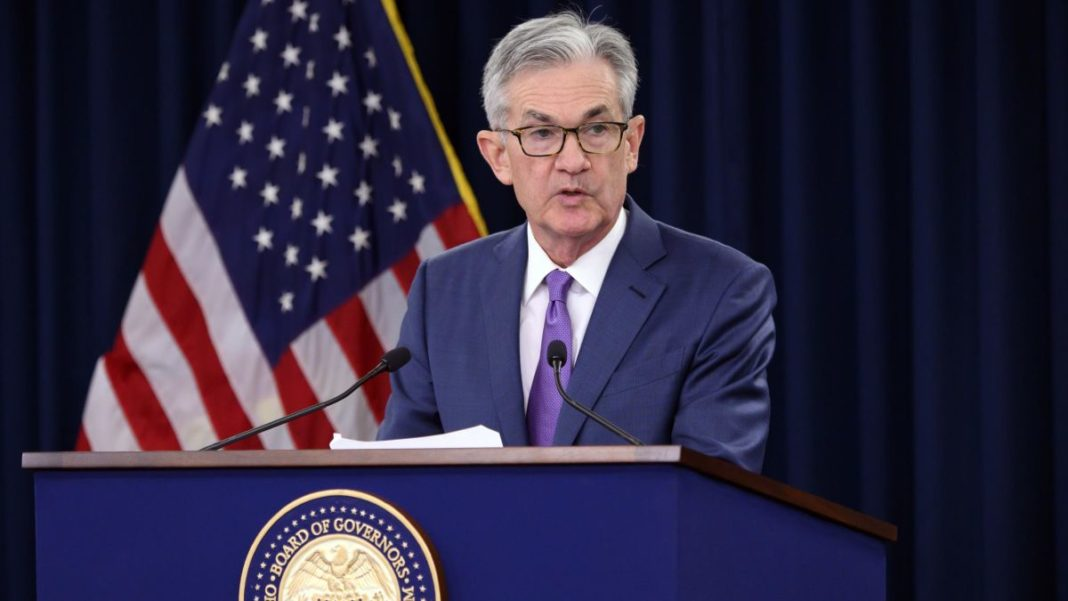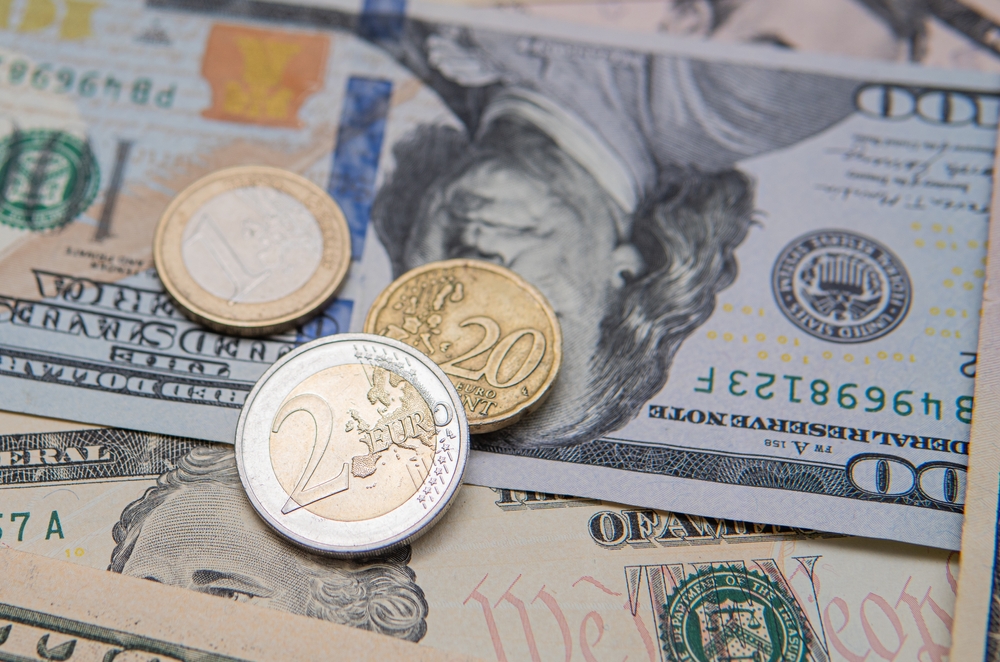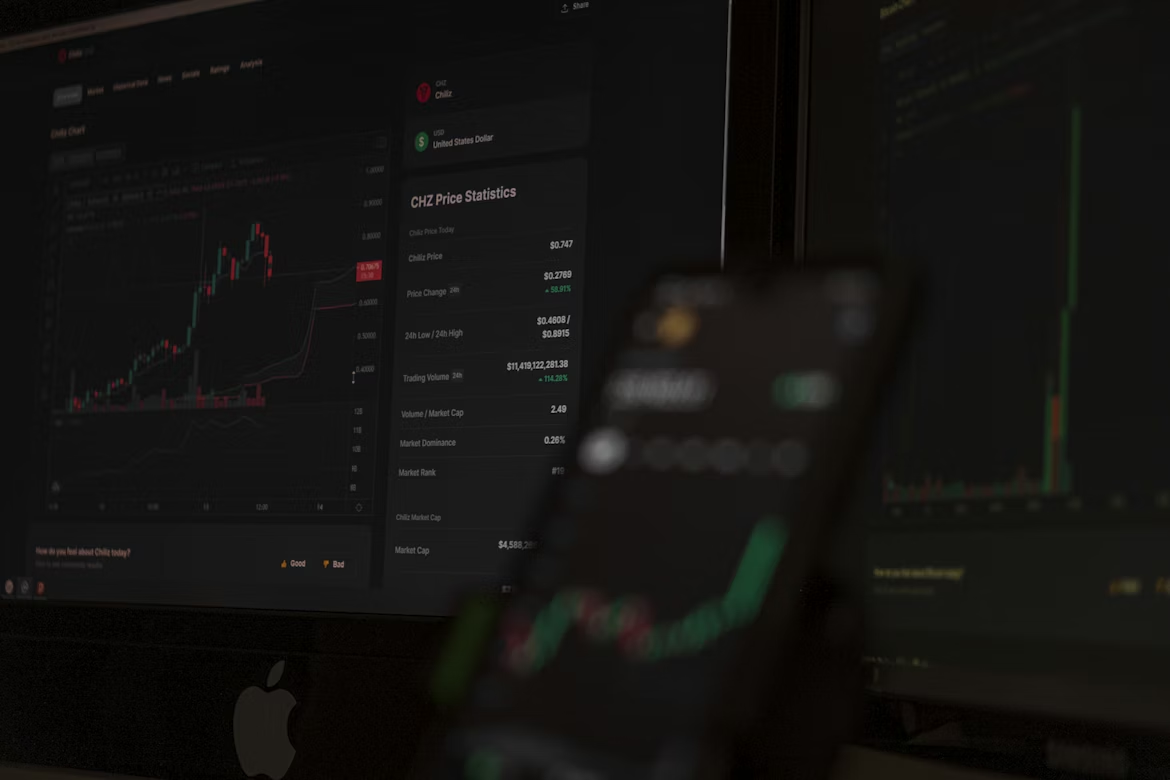PAST WEEK'S NEWS (January 13 – January 17)
The latest inflation numbers came in as expected, with core consumer prices coming in cooler than expected in December at 0.2% monthly growth. The headline inflation figure did tick up to 0.4% for the month, mainly due to rising energy costs, but investors seemed more focused on the positive core reading that strips out volatile food and fuel prices. The overall yearly inflation rate landed at 2.9%, which marks a slight rebound from November's 2.7%, with some suggesting that 3% is the new normal. Market experts like Vital Knowledge called this the "third dovish inflation number in the last 24 hours," coming after similar encouraging data from producer prices and UK inflation. While some analysts caution that inflation remains "sticky," the general mood on Wall Street is optimistic that the economy can keep growing while price pressures gradually ease.
Central banks are getting ready to shift gears in 2025, with both Europe and the UK looking to cut rates as inflation pressures cool down. The ECB plans to lower rates four times this year, bringing them down to around 2.2-2.8% by summer from the current 3% level. Things aren't moving quite as quickly in the U.S. with 256,000 new positions added, which has made investors reconsider how soon the Federal Reserve will start cutting rates. UBS analysts think there's still room for the Fed to cut rates by half a percentage point later in 2025, but they'll need to see inflation settle down first. Over in the UK, higher government borrowing costs are putting pressure on the economy, making UBS confident that the BoE will start cutting rates as soon as February.
INDICES PERFORMANCE

Wall Street ended the week with strong gains across major indices. The S&P 500 rose 2.91% to close at 5,996.65. The Dow Jones Industrial Average (DJIA) surged 3.69%, finishing at 43,487.83, while the Nasdaq also saw a significant increase, climbing 2.85% to close at 21,441.15. It was driven by a combination of easing inflation concerns, strong corporate earnings, stabilizing bond yields, and sector rotation. While policy uncertainty and high valuations remain risks, the overall economic backdrop and investor sentiment have supported the market's resilience.
European markets demonstrated exceptional strength. The UK's FTSE 100 gained 2.21%, closing at 4,112.92. France's CAC 40 saw an impressive surge, increasing 3.75% to close at 7,709.76. Germany's XETRA DAX also showed strong momentum, rising 3.41% to end at 20,903.39. The performance reflects growing optimism in ECB, with data pointing toward a more accommodative policy stance.
Asian markets showed mixed results. Japan's Nikkei 225 was the notable exception to the global uptrend, declining 1.89% to close at 38,451.24 due to expectation of a stronger yen with consensus that BoJ will hike this week. However, Chinese markets posted gains, with Hong Kong's Hang Seng Index rising 2.73% to close at 19,584.07. The Shanghai Composite in mainland China also strengthened, climbing 2.31% to 3,241.82. The contrasting performance in Asian markets highlights regional variations in economic conditions and investor sentiment.
CRUDE OIL PERFORMANCE

Oil prices only eked out small gain, extending a retreat from a five-month high as geopolitical risks eased. West Texas Intermediate (WTI) and Brent crude both fell, with WTI down to $77.3 per barrel and Brent to $80.7. The limited gains was prompted by new U.S. sanctions on Russian exports, which are expected to reduce Russian crude sales to China and India, prompting those countries to seek alternative supplies from the Middle East. However, OPEC appears unwilling to increase production to fill the supply gap. Even with the price dip, Brent still recorded its fourth consecutive weekly gain, supported by concerns over supply disruptions from the sanctions and stronger demand due to cold weather. A potential ceasefire in Gaza also lowered tensions, though uncertainties remain regarding attacks on shipping routes.
OTHER IMPORTANT MACRO DATA AND EVENTS
China’s economy grew 5.4% in the fourth quarter of 2024, beating expectations, thanks to strong government efforts to support manufacturing, reduce state debt, and revive the property market. With possible U.S. trade tariffs looming under President-elect Trump, Beijing plans to roll out more stimulus in 2025 to address challenges and encourage consumer spending.
US retail sales grew by 0.4% in December, slowing from 0.8% in November, with mixed sector performance but enough strength to boost expectations for Q4 growth. Meanwhile, jobless claims rose to 217,000, and a Philadelphia Fed index showed manufacturing surged in January.
What Can We Expect from The Market This Week
BoJ Interest Rate Decision: The upcoming meeting is expected to see a 25-basis point interest rate increase based on rising inflation and wage growth. Yen had already seen strength last week, but it could trigger a temporary yen sell-off if rates are held steady.
WEF Annual Meet: This year's World Economic Forum (WEF) meeting in Davos is focusing on the responsible adoption of AI, strategies for economic recovery, and climate action. These discussions are likely to influence market trends in technology, shape global trade policies, and drive environmental regulations.
Canada CPI December: Consumer inflation in Canada is expected to remain around the Bank of Canada's 2% target, with the December figure consensus at 1.7%. With economic growth projected at 2.5%, this could support stable markets.
US Existing Home Sales: The figures plummeted from a peak of 6.86 million in 2020 to now 4.15 million in 2024, with soaring home prices and escalating mortgage rates that are now at 7%. Experts forecast a recovery by 2025, with sales expected to rise to 5.6 million as mortgage rates stabilize and inventory levels grow.
US Initial Jobless Claims: Unemployment claims came in higher than consensus at 217,000, indicating a modest downturn in the labour market, though claims remain historically low. The unemployment rate has stabilised at 4.1%, suggesting a generally strong labour market.














